Keep it Lean and Eliminate Waste
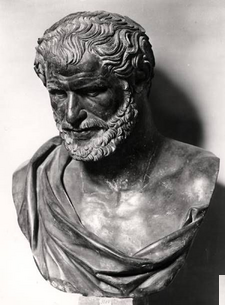
In the world of cloud computing, acknowledging and embracing change becomes not just a philosophy but a practical approach for staying competitive and efficiently utilizing the ever-evolving capabilities of the cloud.
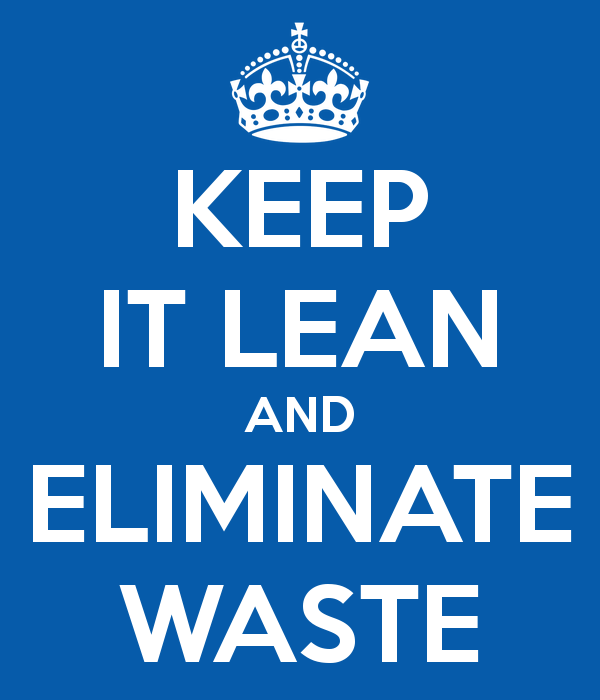
“Keep it lean and eliminate waste” is a guiding principle across Lean, Agile, DevOps, and software development. In Lean, the focus is on minimizing unnecessary processes and maximizing value, ensuring efficiency. Agile methodologies emphasize iterative development, adapting to changes, and delivering functional software incrementally, aligning with the idea of keeping it lean. DevOps extends this concept to the entire software development lifecycle, promoting collaboration and automation to eliminate bottlenecks and enhance efficiency. In software development, the mantra encourages teams to cut out unnecessary features, streamline workflows, and stay agile to create products that meet user needs effectively. It’s a unifying philosophy that promotes efficiency and continual improvement in the dynamic landscape of software development.
Lean, Agile and DevOps represent systems to force you to stop pretending that you know more than you really do. We must accept predictable unpredictability, embrace uncertainty, “epistemic humility”.
Use data to create knowledge. Use Machine Learning (ML) and Artificial Intelligence (AI) for augmentation and efficiency, resilience and ultimately customer experience.
The Seven Pillars
With the aim of keeping at lean and eliminating waste, I present the Seven Pillars. These pillars provide a systematic and collaborative approach to work toward becoming lean and eliminating waste.
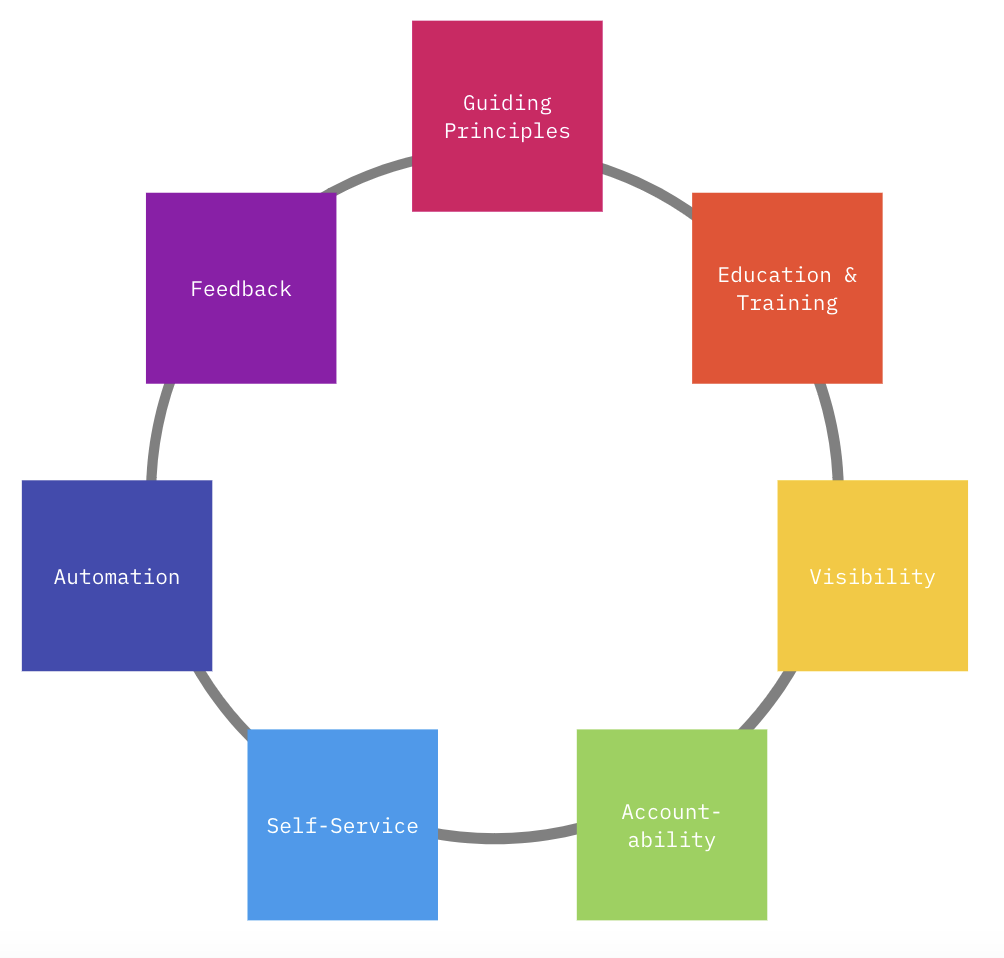
Guiding Principles
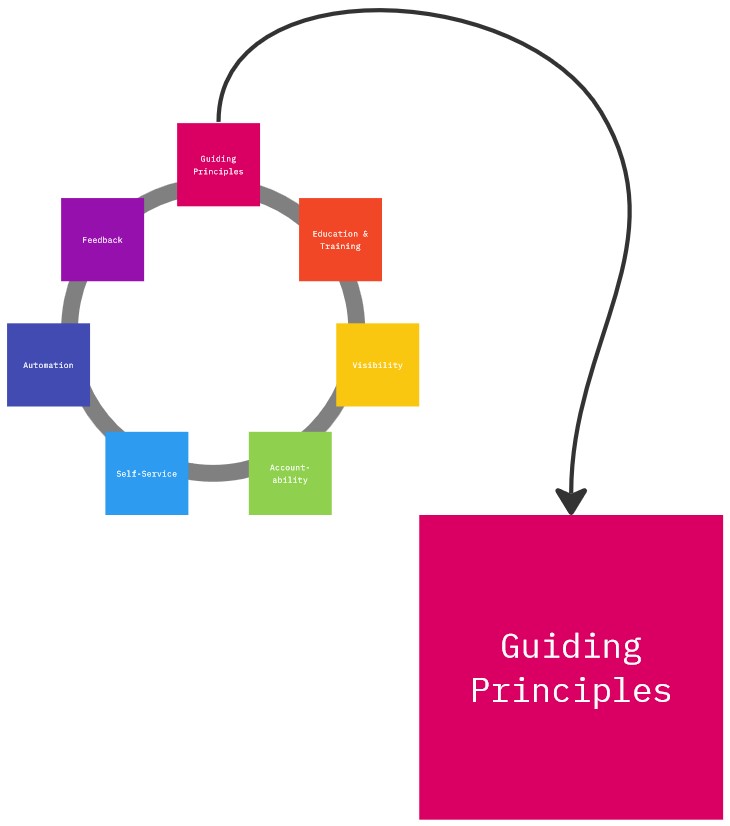
Guiding principles in the context of cloud computing and software development serve as a collective North Star for teams, offering a shared vision and a set of fundamental beliefs that guide decision-making and actions. These principles become the foundation upon which shared goals are built, creating a sense of “skin in the game” for all team members. The guiding principles for this project rest on two great books - Implementing Lean Software Development and The DevOps Handbook. Each of these provide their own guiding principles listed below.
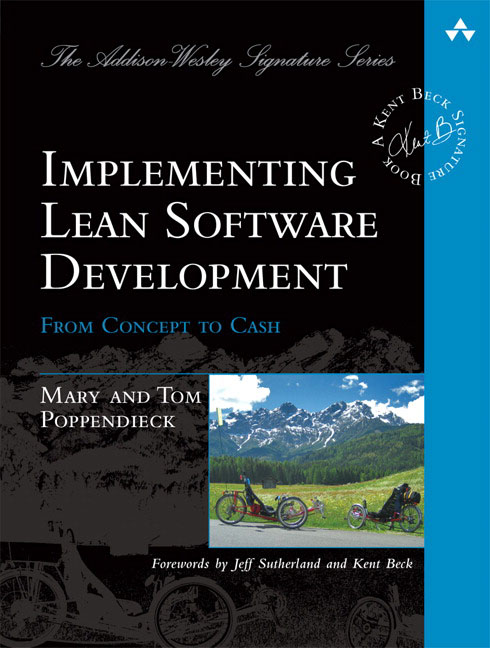
1. Eliminate Waste
2. Build Quality In (“Poka Yoke”)
3. Create Knowledge (“Epistemic Humility”)
4. Defer Commitment
5. Deliver Fast
6. Respect People
7. Optimize the Whole
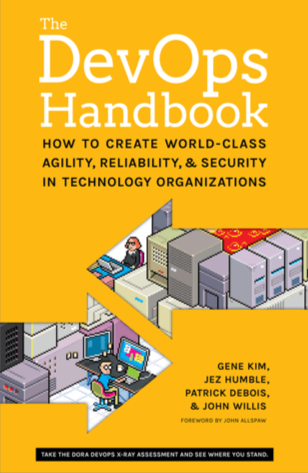
1. The Principles of Flow
2. The Principles of Feedback
3. The Principles of Continual Learning
When teams align around shared goals based on these guiding principles, it fosters a collaborative environment where everyone is working towards a common objective. This shared commitment not only enhances teamwork but also cultivates a collective responsibility for the success of the project or initiative.
Furthermore, the opportunity to define shared goals provides a chance to tie Objectives and Key Results (OKRs) together. By aligning individual and team OKRs with overarching guiding principles, there is a cohesive framework that ensures everyone is moving in the same direction. This alignment not only streamlines efforts but also enhances the clarity and purpose of each team member’s contribution.
In essence, the combination of guiding principles, a North Star vision, and shared goals creates a powerful synergy. It establishes a strong foundation for collaboration, encourages a sense of ownership, and allows teams to navigate the complex landscape of cloud computing and software development with a unified purpose.
Guiding Principles, Education & Training
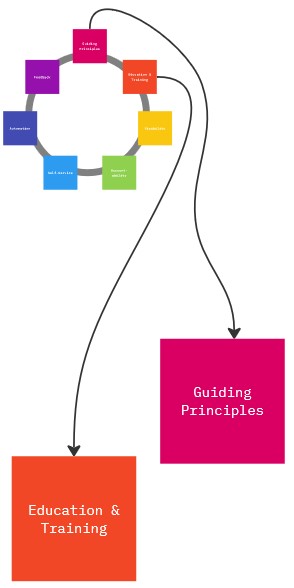
This is where the rubber starts to meet the road, from theory to practice. In education and training for cloud computing and software development, “Where the rubber meets the road” emphasizes the crucial application of knowledge. Achieving alignment on guiding principles becomes paramount at this juncture. Instilling a shared understanding of the aforementioned guiding principles lays a solid foundation. It ensures that theoretical learning translates seamlessly into practical application, guiding individuals as they navigate the challenges of real-world scenarios in cloud computing and software development projects. This alignment not only encourages collaboration but also empowers teams to confidently apply principles when it matters most – in the practical implementation of their skills.
Visibility, Accountability, Feedback
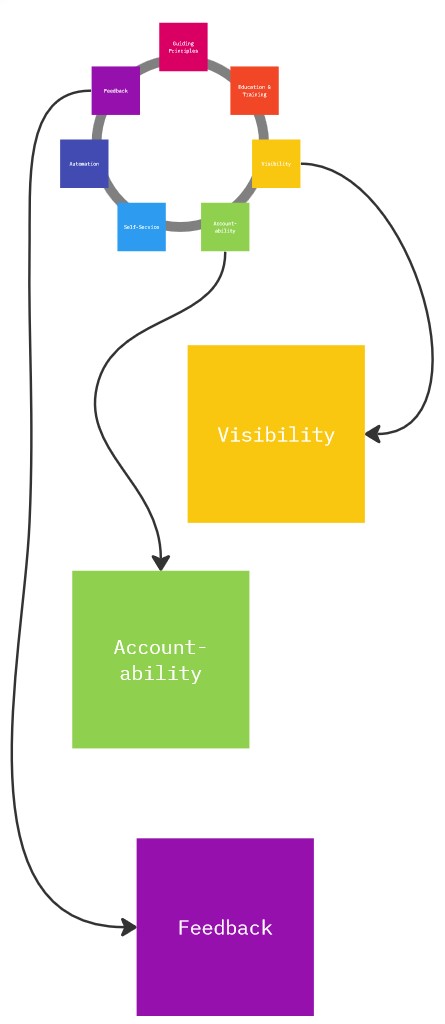
The importance of visibility, accountability, and feedback cannot be overstated.
Visibility ensures that everyone has a clear understanding of the data, metrics, and insights driving decision-making. This transparency is crucial as it aligns actions with guiding principles and allows teams to address issues openly.
Accountability, underpinned by data, metrics, and insights from Machine Learning (ML) and Artificial Intelligence (AI), establishes a foundation of trust. Empowering individuals to take ownership of their roles and linking shared OKRs to guiding principles fosters a sense of responsibility.
And finally feedback mechanisms complete this triad, providing a continuous loop for improvement. The Guiding Principles Scorecard becomes a dynamic tool, incorporating feedback to adapt and refine principles over time.
This iterative process ensures that guiding principles remain relevant, responsive to changing dynamics, and effective in guiding decisions and actions in the ever-evolving landscape of cloud computing and software development. In essence, visibility, accountability, and feedback form a symbiotic relationship, creating a framework that not only guides but also adapts, ensuring the resilience and relevance of guiding principles.
Self-service, Automation

In the landscape of software development and cloud computing, the concept of “One Entry Door with Automated Blueprints” becomes a pivotal solution to address the challenges posed by the shift left, YBYR (you build it, you run it) approach, which can lead to cognitive overload and increased complexity.
As teams navigate the evolving responsibilities brought by this paradigm shift, the need for self-service and automation becomes paramount. The complexity of tasks, such as dealing with intake forms, approval boards, documentation, and adherence to various patterns across DevSecFinMLOps, can be overwhelming. The traditional manual processes not only create inefficiencies and waste but also hinder the swift implementation and delivery of solutions.
The introduction of a single entry door, embodied by a centralized portal like Spotify’s Backstage, or any tool that consolidates access, offers a solution. This self-service portal serves as a unified destination, eliminating the need for teams to navigate multiple portals for diverse sets of requirements. It streamlines the process, reduces cognitive load, and accelerates the lead time and cycle time for delivering solutions.
Crucially, this central portal goes beyond just providing access; it incorporates self-service automated architecture blueprints based on enterprise-approved patterns and requirements. This not only empowers teams to initiate projects with ease but also ensures compliance with guiding principles and accelerates the adoption of best practices.
In conclusion, the integration of a single entry door with automated blueprints aligns with the principles of visibility, accountability, and feedback. It not only simplifies the onboarding process for teams but also contributes to the efficiency and resilience of software development and cloud computing practices in the face of evolving responsibilities and technologies.
